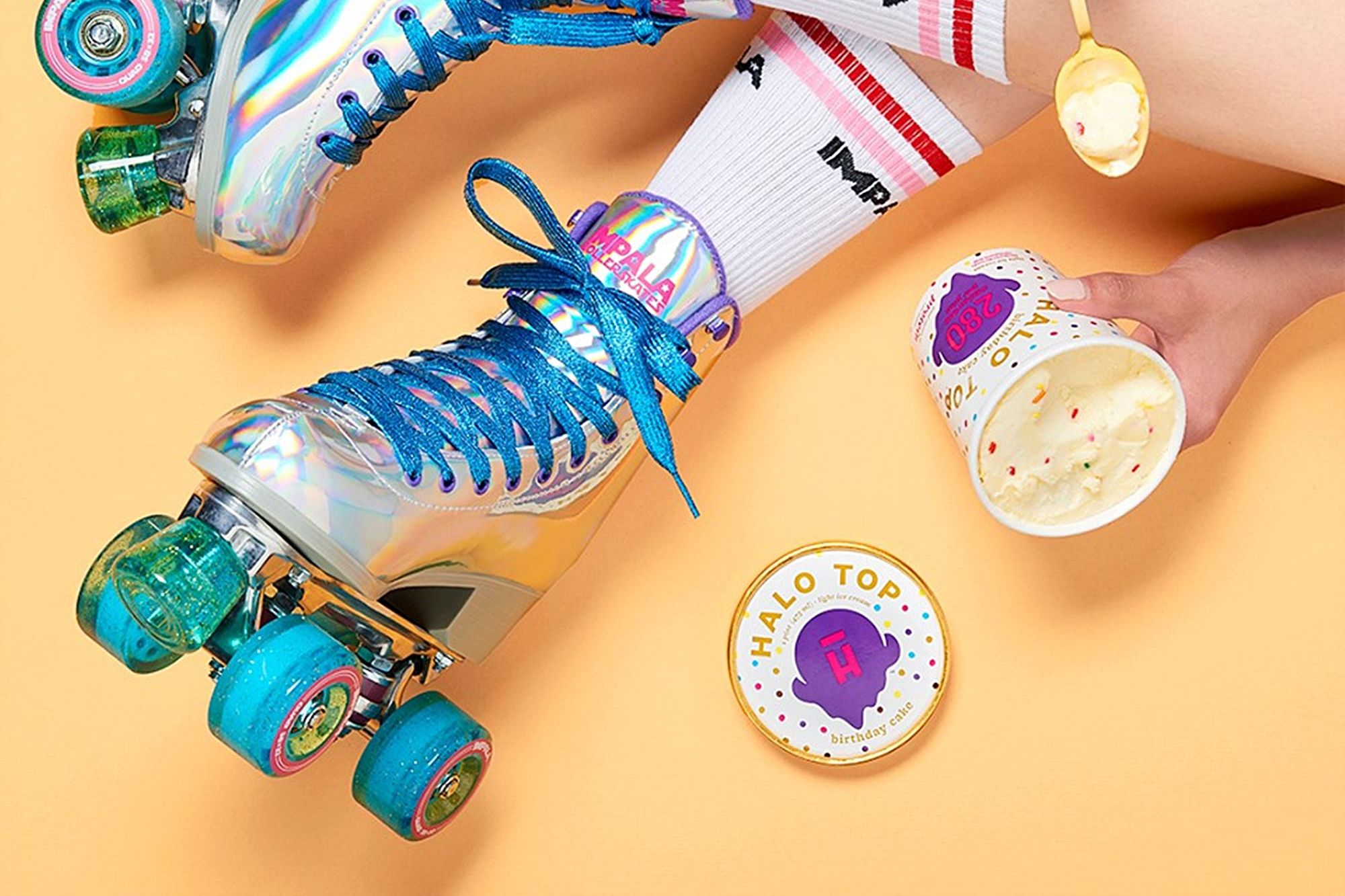How to Generate Interest at Every Stage of the Marketing Funnel Don't play favorites and put all your resources into bottom-of-the-funnel efforts; make sure every consumer interaction makes your brand more compelling.
By Peter Daisyme •

Opinions expressed by Entrepreneur contributors are their own.

Ice cream brand Halo Top launched in 2012, but it's only now dipping into the world of TV advertising with four TV spots. Although it's experienced tremendous growth through online marketing, the brand's marketers have turned to TV in hopes of increasing awareness so that it can, um, scoop more customers into the top of its marketing funnel.
The lesson here extends far beyond summer days and ice cream treats: If you limit the range of your marketing techniques, you may also limit your audience reach. Despite the fact that we live in a digital world, there are still consumers who may miss your message if you rely on digital ads alone (or any other solo strategy).
You'll reach a saturation point, and there won't be enough brand-aware consumers to pull through the funnel and convert -- no newly loyal customers who can grow your customer base through advocacy.
In fact, this expansion to other marketing strategies needs to apply to all stages of the marketing funnel, whether you're focusing on that funnel's brand awareness at its top, consideration and evaluation in its middle or conversion and retention at its tip.
Related: 6 Pro Tips to Help Your Business Convert More Customers
So, don't play favorites and put all your resources into your bottom-of-the-funnel efforts; make sure every consumer interaction makes your brand more compelling. Here are strategies to keep consumers interested at each stage of the marketing funnel:
1. Develop a relatable brand character.
At the top of the marketing funnel, build brand awareness by continually emphasizing authenticity, humanity and humor in your messaging. Relatability creates shareable, engaging content that doesn't come off as a tired sales pitch or cheesy marketing ploy.
As Shay Berman, president of marketing agency Digital Resource, put it in the Business2Community blog, "You must show the public your brand's humanity in nearly every move you make, and this often starts with how you communicate with a target audience."
Netflix gets this. The company leverages its social and brand editorial departments to keep its entertainment offerings enthusiastically bandied about online, usually in the form of memes and GIFs. Netflix social content writers promote the network's movies and TV shows from the perspective of one fan speaking to another. To consumers, the result feels unforced, interactive, creative and like a true dialogue -- not Madison Avenue scheming.
Speaking of shareability, Netflix recently released a feature on its app that enables users to share customized title art directly to Instagram Stories. It also links back to the show in the Netflix app; it will multiply brand awareness by encouraging fan-sharing. Advertisers are spending big bucks on Instagram Stories, and your brand should consider doing the same.
2. Drop something exciting in a lead's inbox.
In the middle of your funnel -- the evaluation stage -- it's important to further pique a prospect's interest. The consumer is conducting research on your product or service, as well as your competitors', so this is no time for your brand to go silent. Instead, spice things up by providing informational "treats" to engaged audience members. This keeps potential customers moving down the funnel toward a conversion.
These treats can arrive in the form of content such as gated ebooks, white papers and webinars. This content should be more in-depth than what you'd offer curious consumers at the top of the funnel, such as a blog post. By this point in the journey, prospects will be more invested in your brand and looking for you to prove your expertise.
Zendesk has leveraged this approach with its gated ebook about building a virtual team; and DocuSign keeps customers engaged with timely and topical emails that culminate in a service sign-up call to action. However you do it yourself, think in terms of what your customer values, then provide it in a way that will be helpful (say, an expert guide) but unobtrusive (emails about the gated content could be spread out over the course of the sales cycle).
Also use automated email marketing platforms, such as ActiveCampaign or the aptly named Drip, to send personalized email drip campaigns at a cadence that makes sense for your customers.
Related: 7 Email Marketing Funnel Ideas for Turning More Subscribers into Customers
3. Maximize value with gamified conversion.
The final part of your funnel isn't just the sale. Yes, it's conversion, but it's also retention. Remember, keeping a customer costs between five and 25 times less than acquiring a new one. That's why you should keep your conversion process genuinely engaging. The bottom of your funnel should leave the customer feeling not just like a purchaser, but like a brand advocate.
Gamification and referral programs extend interest throughout the conversion stage. For instance, underwear subscription company MeUndies has combined these two approaches. Not only are its customers able to refer a friend and get $20 (while the referred friend gets 20 percent off an order), but both parties can watch whether the friend has completed his or her order and click a "Nudge" button to email a reminder if the person's cart is full.
This prompts the customer to advocate for the brand while simultaneously converting new customers. Martech customer loyalty platforms like Bunchball and RepeatRewards enable this type of gamification.
Each part of your marketing funnel is important, so strive to engage your customers from top to bottom with genuine interaction. Long gone are the days of blitzing the public with ads, "closing" on a customer and moving on to the next.
Related: Disney's Better Mousetrap Captures Customers of All Ages
Instead, let your potential and long-term customers participate in an ongoing conversation with your brand. By getting creative and responding to their real needs, you can sustain interest throughout the buyer journey.












